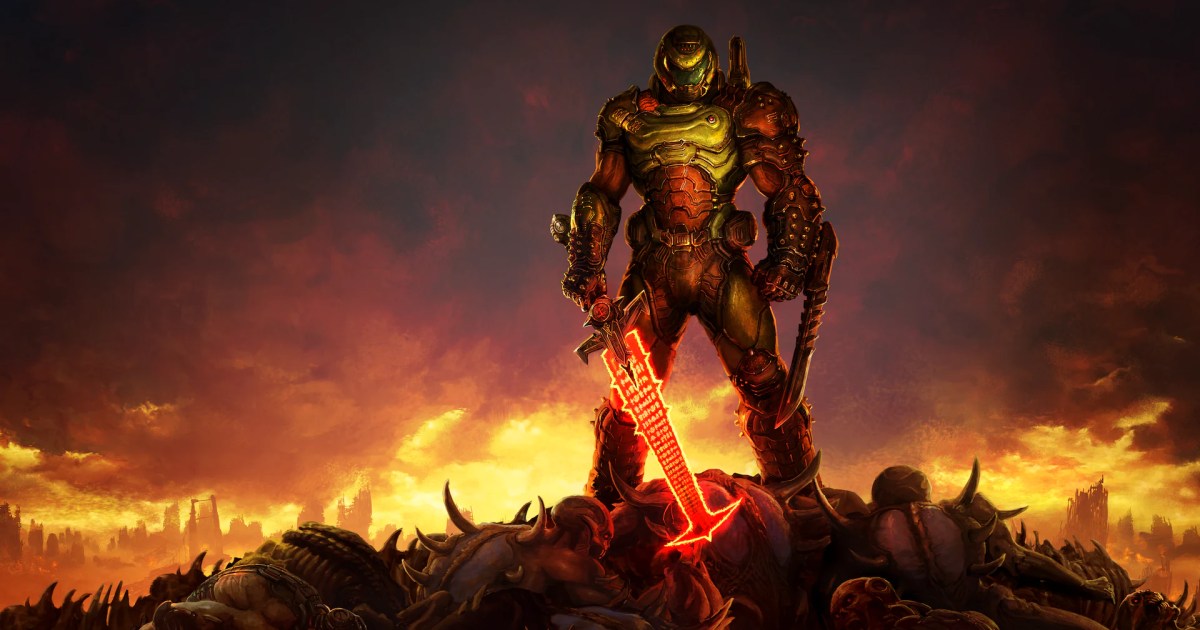As one of the first and best FPS games of all time, you may not think there’s more to understand about the Doom games than the fact that there are demons and you need to kill them. And sure, you can have a blast with the games just enjoying the thrills of ripping through monsters to a rocking soundtrack, but there’s actually a very rich lore and timeline beneath the surface if you’re willing to look for it. The timeline isn’t as clear as when you play the Metal Gear games in order, but it takes a bit more work to unravel the timeline from the original Doom to the newest Doom: The Dark Ages. Trust us, just like playing the Borderlands games in order, you will get confused very fast trying to figure it out on your own. We’ve read all the ancient tombs and chainsawed our way through every single Doom game to figure out how you can play the franchise in release order or chronologically.
All Doom games in release order
Doom began in 1993 and has seen numerous sequels, spinoffs, and rereleases. As impressive as the original games were for the time, and for how well they hold up, it is clear that they are the hardest ones to go back to. We highly suggest playing the games in release order to anyone who plans on tackling the entire series so you can enjoy and appreciate where the games began before diving into the more modern titles that iterate on that formula. For this list, we will include every official Doom game released, ignoring remakes, DLCs, and enhanced editions.
- Doom (1993)
- Doom II: Hell on Earth (1993)
- Doom 64 (1997)
- Doom 3 (2004)
- Doom (2016)
- Doom VFR (2017)
- Doom Eternal (2020)
- Doom: The Dark Ages (2025)
All Doom games in chronological order

Doom began in 1993, yet there are technically only 7 mainline games in the chronology. While it might seem like there would be little connection, if any, between the classic games and the rebooted series, let alone the odd 64 game and Doom 3, each one does have a place in the same timeline. Well, except for Doom 3, but we’ll explain that one at the end. The chronology isn’t too dissimilar from the release order, which is convenient, but there are a few misplaced entries you want to watch out for. The lore doesn’t really play a big role until the reboot games, but there are tons of references and Easter eggs to appreciate if you play the series in chronological order.
If you want to follow the Doom Slayer’s rampage against the demonic horde from start to finish as he sees it, here’s how to play the entire franchise in chronological order:
- Doom
- Doom II: Hell on Earth
- Doom 64
- Doom: The Dark Ages
- Doom (2016)
- Doom Eternal
- Doom 3
The odd game in this chronology is Doom 3. There is some debate about where this game falls in the timeline, as some see this entry as a prequel to the first game, others place it after Doom 64, while others argue it is in its own alternate timeline by itself. This entry does not star the same Doom Slayer as the other games and is tonally very different from all the other games, so you are free to ignore this entry completely if you just wanted to focus on Doom Slayer saga.
Read the full article here















